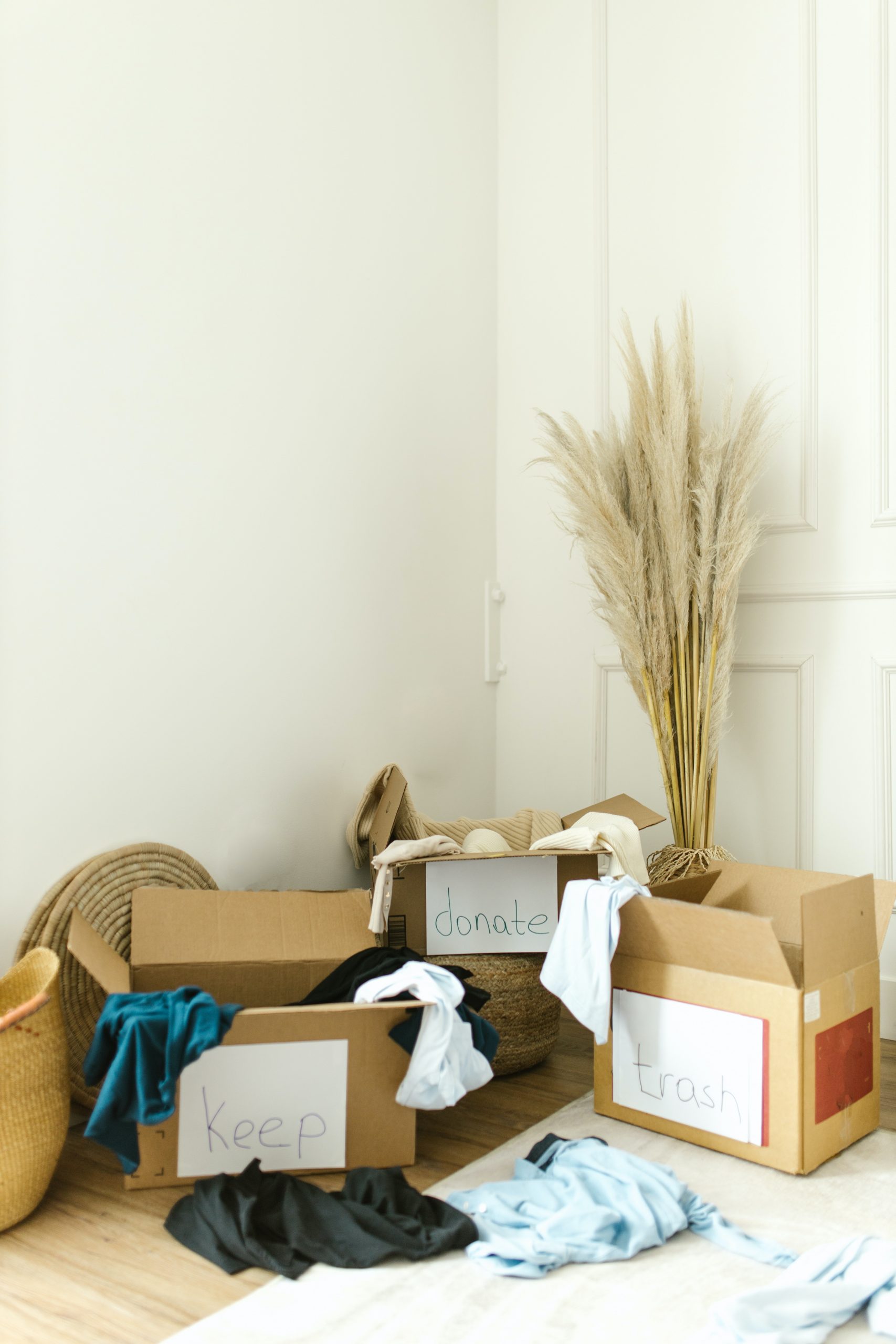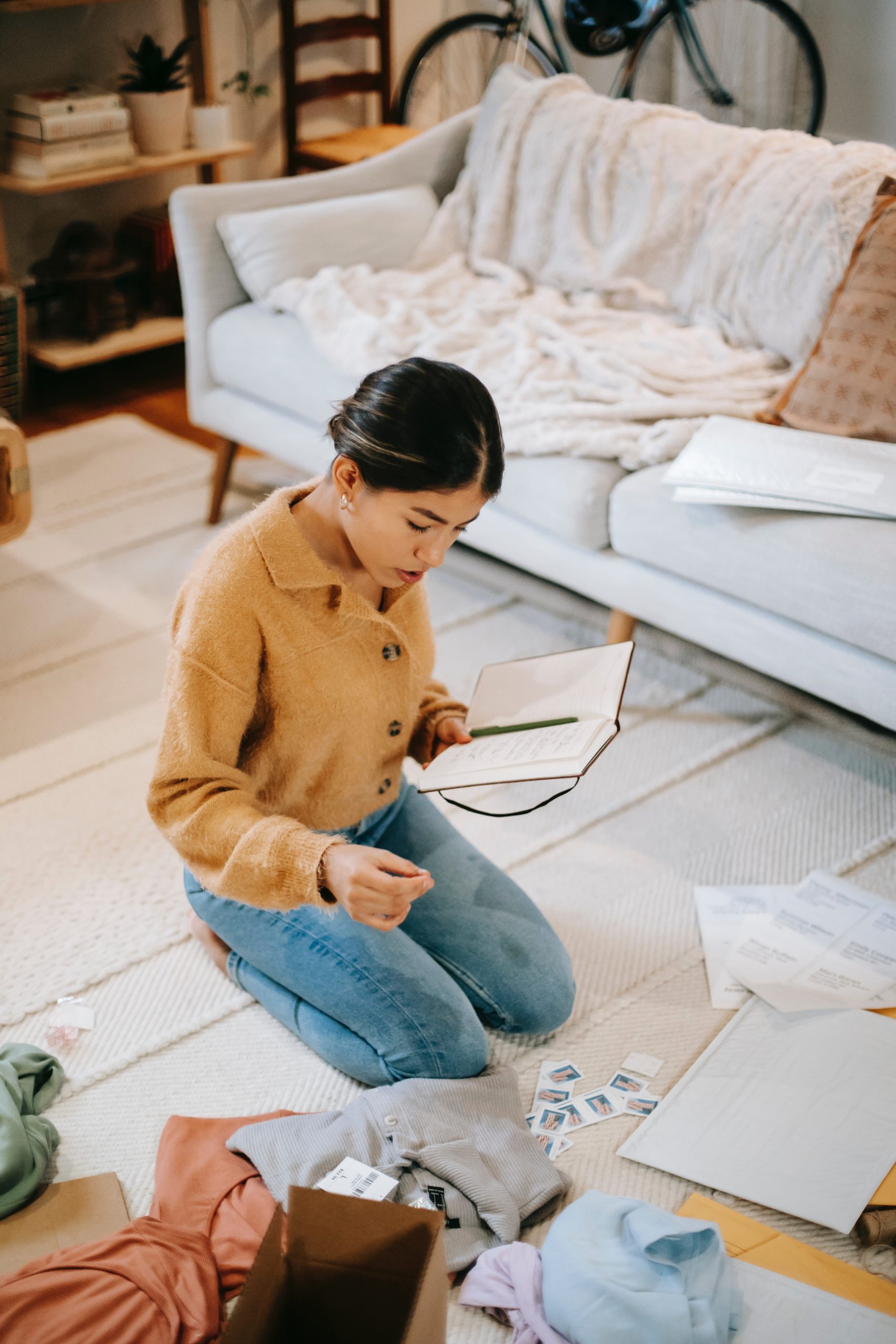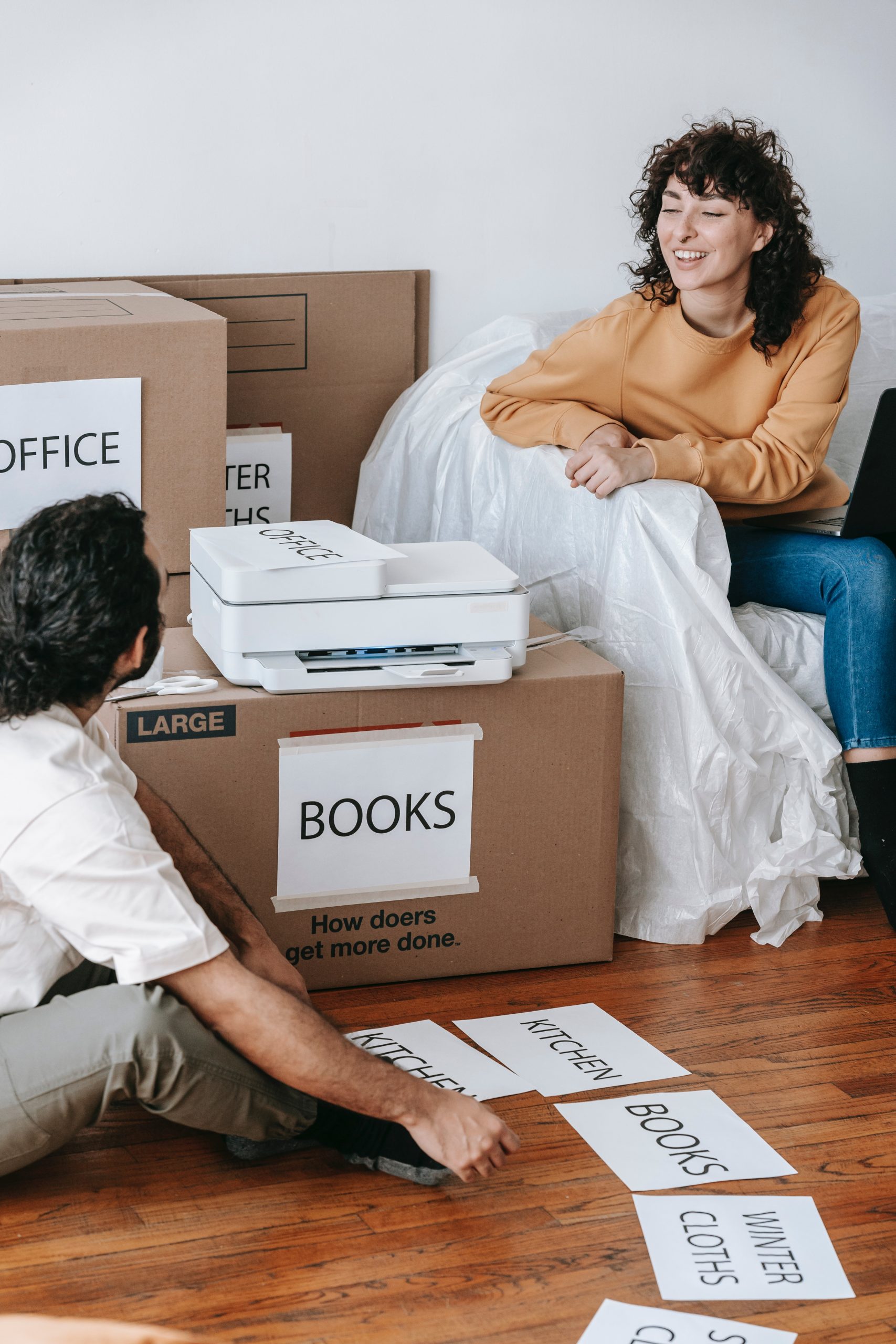Are you ready to declutter a room or your entire home, but you’re unsure if you have the proper decluttering tools to help you get the job done?
Fortunately, you can start decluttering with only a few supplies you probably already have, like trash bags and containers to help you sort your items as you work.
A cluttered home can negatively affect mental health, but clearing clutter can still be a challenge. These tips for decluttering tools can help the process go faster and make it more likely that you’ll maintain your organized space after you’ve finished.
Top Lifestyle Courses
Meet Amphy
The largest marketplace for live
classes, connecting and enriching
humanity through knowledge.


